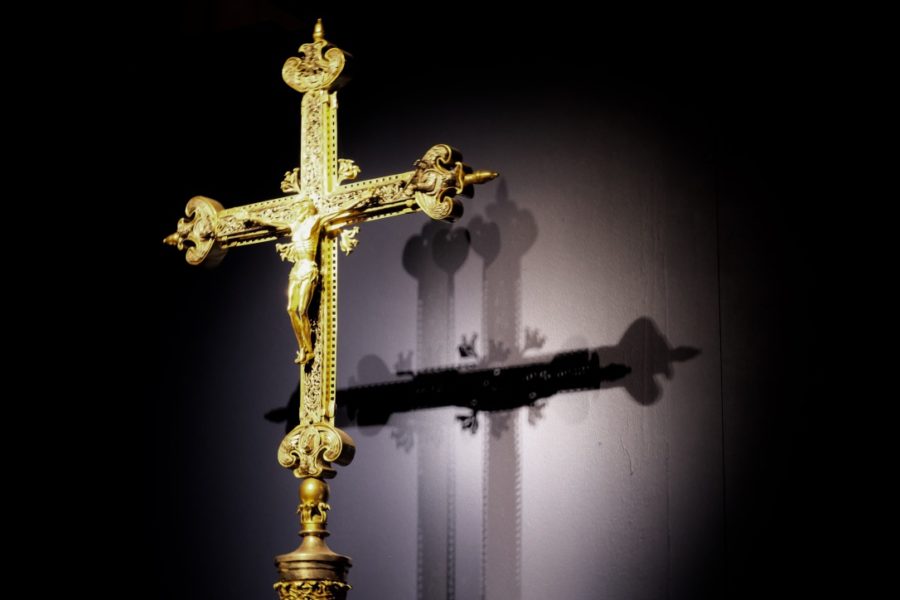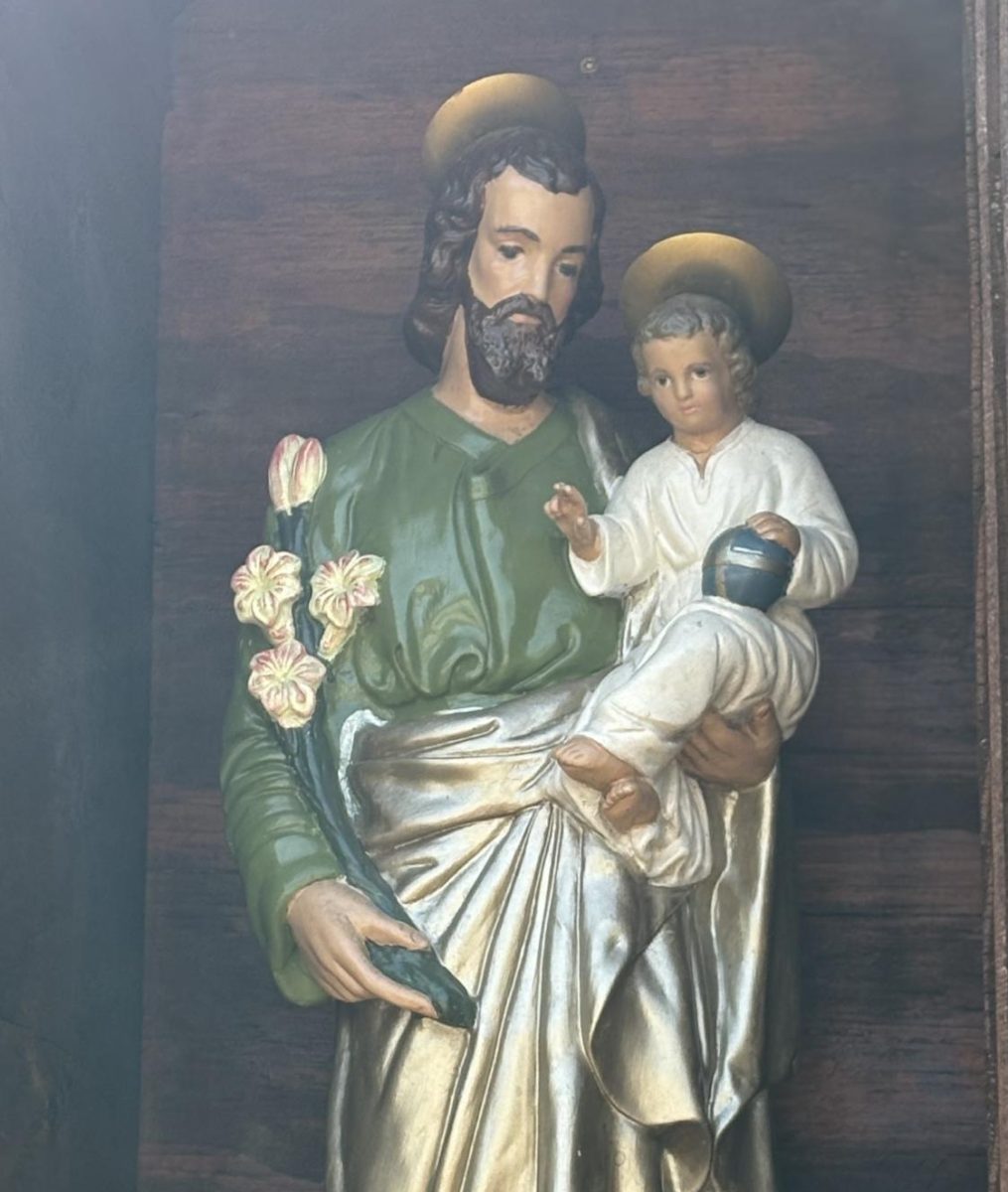The Catholic History of Valentine’s Day
Valentine’s Day is an annual holiday celebrated on February 14th. Although many know this day to be the one of romance and love, it actually originated as a Catholic holiday commemorating St. Valentine, an early martyr. Since then, the traditions surrounding Valentine’s Day have changed greatly, however; we can still remember the Catholic roots of this well-known holiday while also enjoying the more modern traditions surrounding Valentine’s Day.
Valentine’s Day was first established to honor the memory of St. Valentine. St. Valentine was a Roman priest who lived around the year 270. He is known for assisting the martyrs who were prosecuted under the reign of Roman Emperor Claudius II. However, he was taken into custody and died a martyr’s death.
In the 17th and 18th centuries, Catholics started using Valentine’s Day to help abolish old pagan traditions. For example, sending valentines was originally a pagan custom where men would draw names of women and they would then be matched with each other. However, to abolish this pagan tradition Catholics replaced these names with saints to pray to and drew those instead. Also, the major pagan feast of Lupercalia was officially outlawed when the Pope declared February 14th as Valentine’s Day.
Today, Valentine’s Day is usually celebrated by sending valentines, eating candy, and by expressing affection for loved ones. However, as Catholics, we can also utilize this holiday as a way of remembering St. Valentine and all the other saints, praying for those entering the sacrament of marriage, and by learning about the Catholic traditions surrounding this festive day.
St. Valentine, pray for us!
Information and prayer taken from Lives of the Saints by Rev. Hugo Hoever.












